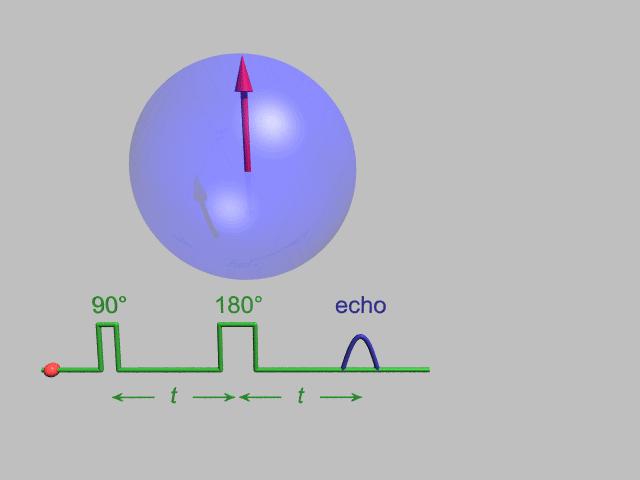Molecular Mechanism of Biofilm Biosynthesis: How to Battle Infectious Bacteria?

A biofilm is an assemblage of surface-associated microbial cells enclosed by an extracellular polymeric matrix (Visick, Schembri et al. 2016). 80% of microbial infections are known to be mediated through biofilms (Coenye and Bjarnsholt 2016), though which actual component of a biofilm is responsible for a specific pathogenic mechanism remains elusive (Yildiz and Visick 2009). Studies have revealed that biofilm formation depends on specific structural genes including those involved in biosynthesis of extracellular or capsular polysaccharides (Yildiz and Visick 2009). The syplocus includes four genes encoding putative regulators, six genes encoding glycosyltransferases, two encoding export proteins, and six other genes encoding unidentified functional proteins related to biofilm formation and symbiotic colonization (Shibata, Yip et al. 2012). However, the associated proteins have not been sufficiently characterized, leaving the functions of these genes less than fully understood. Previous work has further identified a specific class of polysaccharide, designated polysaccharide intercellular adhesion (PIA) (Vuong, Voyich et al. 2004), to be involved in the adhesion process. Research has indicated PIA could be a type of poly-N-acetylglucosamine (PNAG) (Izano, Sadovskaya et al. 2007), which is produced in accompaniment to biofilm formation in extensively pathogenic bacteria including Staphylococcus aureus, Escherichia coli, Bordetella pertussis, Bordetella parapertussis, Yersinia pestis, Aggregatibacter actinomycetemcomitans, and Staphylococcus epidermidis (Kaplan et al. 2004; Erickson et al. 2008; Hinnebusch and Erickson 2008; Itoh et al. 2008; Choi et al. 2009). Thus, it may be possible to develop a universal therapeutic strategy against this school of bacteria by targeting PNAG (Cerca et al. 2007). Studies have also shown that purified PNAG can elicit protective immunity against coagulase-negative staphylococci, suggesting its potential as a broadly protective vaccine for staphylococci (Maira-Litran et al. 2004). Immunization-induced polyclonal animal antisera and monoclonal antibodies specific to either capsular polysaccharide or PNAG antigens also have excellent in vitro opsonic killing activity in human blood (Skurnik et al. 2010). These results support that polysaccharide components are crucial to pathogenesis.
Building on these findings, the main objective of this research is to address the biosynthesis machinery of polysaccharides related to pathogenic biofilm formation, with an emphasis on biophysically characterizing transmembrane glycosyltransferases involved in polysaccharide synthesis. Ultimately, this work is anticipated to develop strategies to regulate pathogenic biofilm formation, including discovery of glycosyltransferase inhibitors and therapeutic antibodies that target these superficial polysaccharides and related proteins/enzymes as well.

